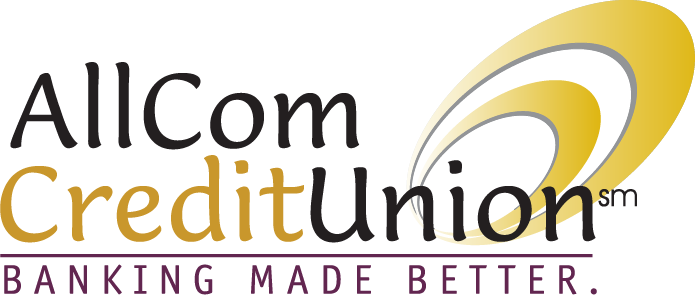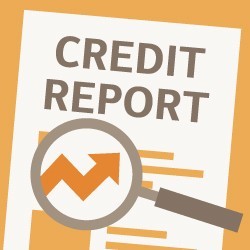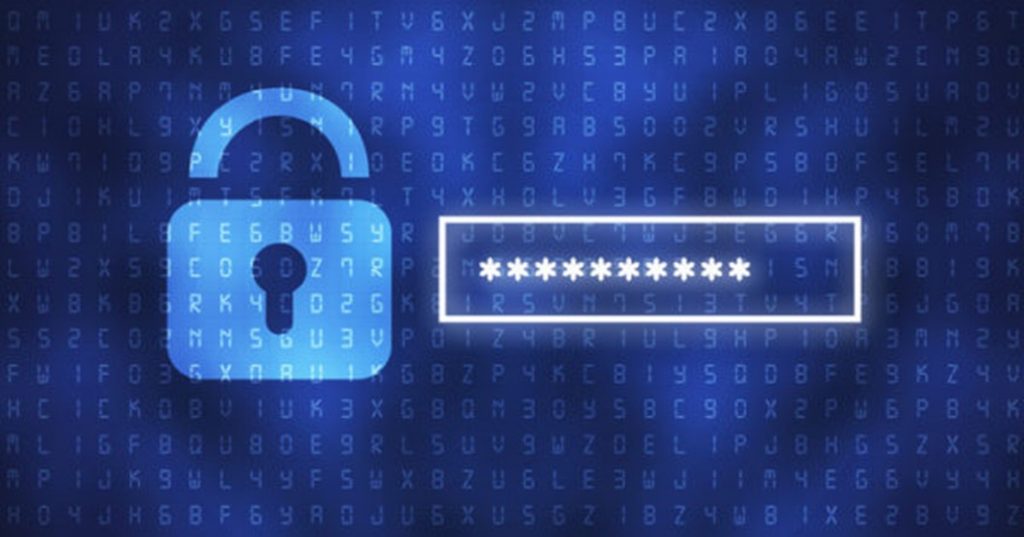Learning about your credit score and what you can do to improve it will help you unlock your full credit potential and achieve your financial goals.
How your Credit Score is Calculated
Lenders and creditors with whom you have a loan, credit card or other credit account, report information about your credit activity to the credit bureaus. This includes details like the balance of your account, amount paid, amount due and the payment status.
Scoring agencies incorporate five factors into the scoring model including payment history, credit utilization, average age of accounts, types of credit in use and new credit.
The Top Factors that Impact Your Credit Score
- Payment History
Your payment history is typically the most important factor in calculating your credit score because it shows lenders whether you’ve been reliable in making on-time payments. This is an indicator that you’re likely to pay back your debts in the future. Just one or two late payments could significantly hurt your credit score.
- Credit Card Utilization
Credit utilization ratio, or debt-to-limit ratio, measures the amount of your overall credit card limit that you are using. You should aim to keep your credit utilization ratio below 30%, but the lower the better. A high credit utilization ratio can lower your credit score and can make potential lenders worry that you may not be able to handle more debt. Your credit card utilization ratio is calculated by dividing your total outstanding balances on all of your cards by your total credit limit.
- Age of Credit & Established Credit History
Establishing a long credit history usually improves your credit score if you have a history of on-time payments on your open accounts. Factors also include how long all of your credit accounts have been open (the age of your oldest account, the age of your newest account and an average age of all your accounts), how long specific credit accounts have been open and how long it has been since you used each account.
- Credit Mix and Number of Accounts in Use
The number and type of credit accounts that you have in use (credit cards, auto and student loans, mortgages and other lines of credit) all factor into your credit score. Having more open credit accounts can lead to a better credit score. In addition to the number of open accounts, having a diverse mix of credit across two main categories, revolving credit and installment loans, could also improve your credit score.
- Hard Credit Inquiries and New Credit
Each time someone pulls your credit report, a lender, landlord or insurer, an inquiry is noted on your credit report. There are two types of credit inquiry, hard and soft inquiries and only hard inquiries are visible to others on your credit report and impact your credit score.
- Hard inquiries, typically only made with your permission, occur when a financial institution accesses your credit report when you apply for credit.
- Soft inquiries, sometime made without your permission, occur when someone accesses your credit report—but not because you are applying for new credit.
Lenders who see that you have many recent inquiries may worry that you are applying at several places because you’re unable to qualify for credit or may be desperate for money.
The Bottom Line
From getting a low-interest personal loan to consolidating your credit card debt to buying your first home, strong credit health can be empowering and help you achieve the financial goals you’ve set. Achieving good credit health begins with knowing your credit score and where you land on the credit score spectrum, understanding what’s in your credit report and learning what actions you can take to maintain or strengthen your credit health. Check your credit score regularly and review your credit report annually to take better control of your finances and reach your full credit potential. Visit www.allcomcu.org to apply for a loan or credit card today.











